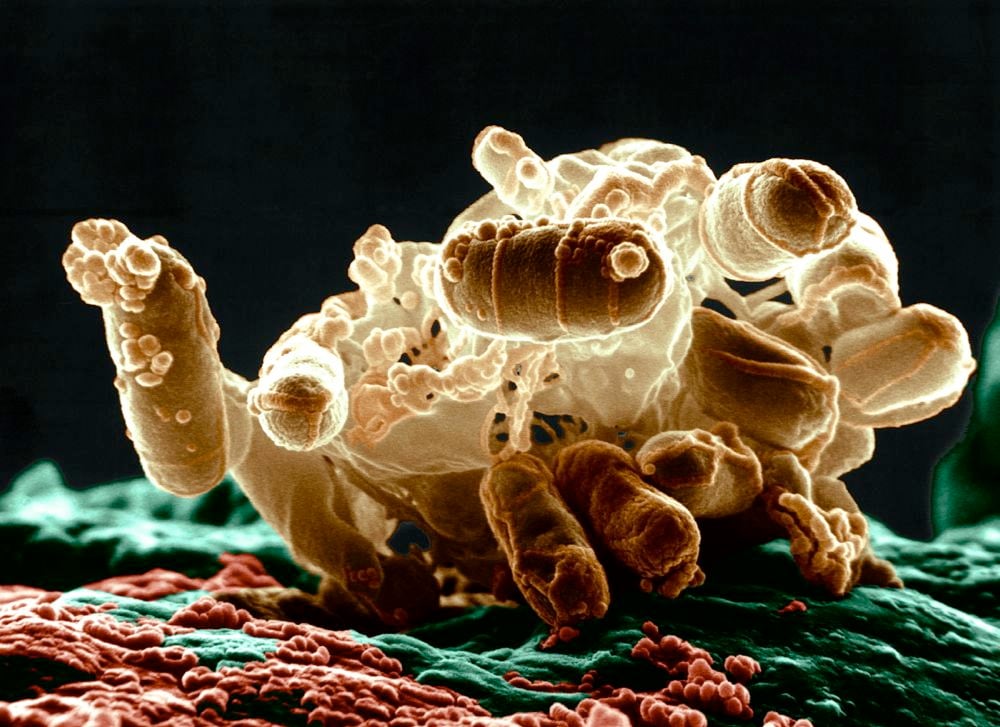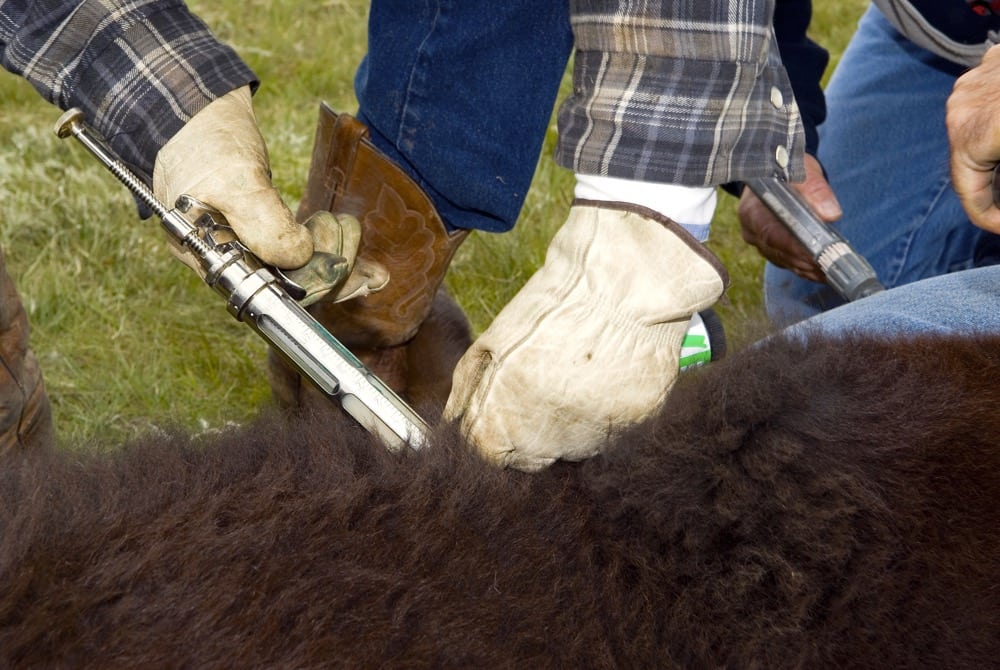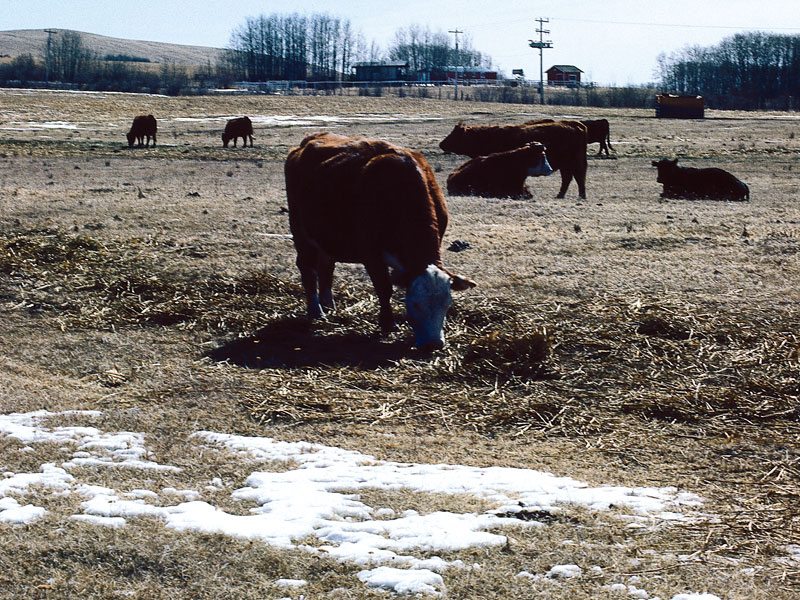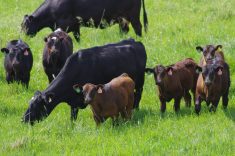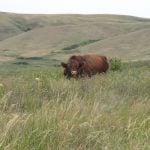When working with any type of livestock, producers should be aware of the illnesses or diseases their livestock may be susceptible to — not just for their herd’s sake, but for their own.
Many diseases livestock carry are zoonotic diseases, meaning they can be transferred from animal to person and vice versa.
Dr. John Campbell is the head of the Western College of Veterinary Medicine’s department of large animal clinical sciences and was the speaker at the Saskatchewan SPCA’s webinar on zoonoses in large and food animals.
Read Also
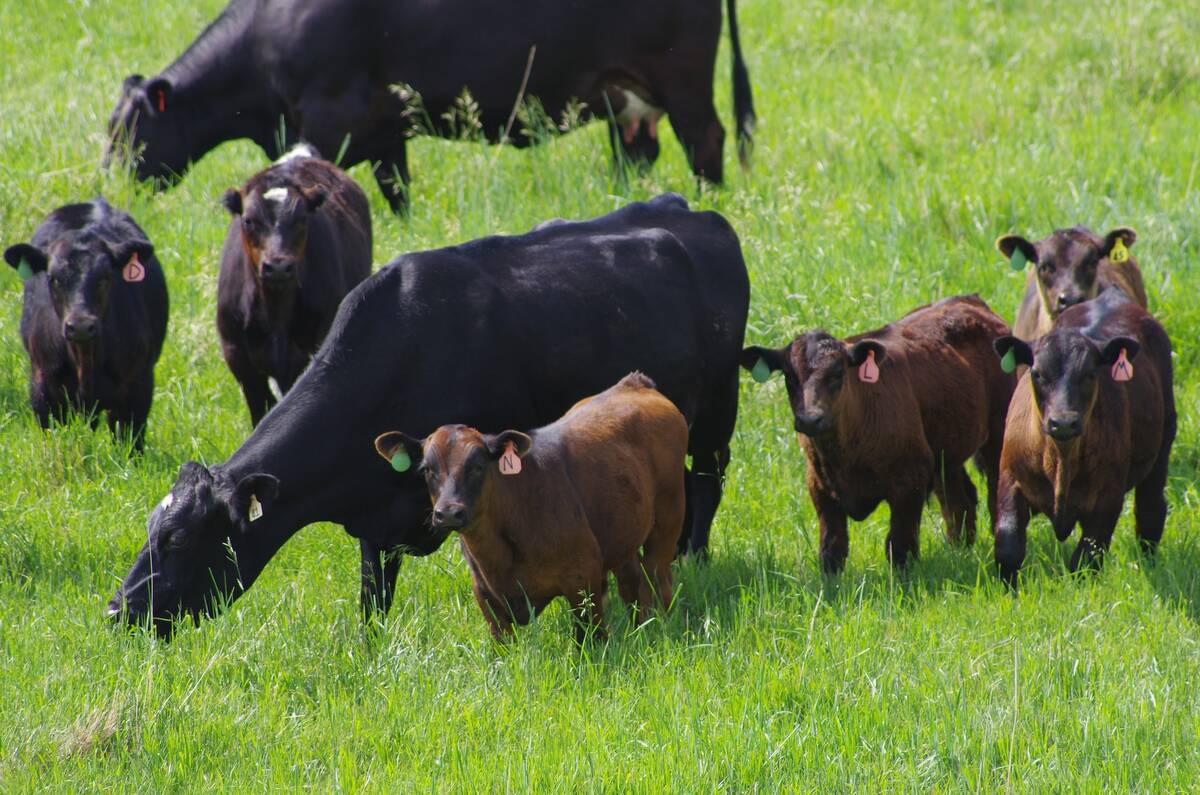
Diagnosing and preventing lump jaw in beef cattle
Causes, symptoms, treatment, prevention and prognosis of lump jaw in beef cattle
Campbell talked about a variety of different diseases, such as ringworm, salmonella, E.coli and Q fever.
Ringworm
Ringworm is a skin infection caused by a fungus that, in humans, causes a circular rash. In cattle, it causes circles of hair loss. Campbell says it’s most common in cattle that are highly confined in the winter, which means it’s common in Canada with the long, cold winters.
“I expect most people that work with cattle see ringworm from time to time,” Campbell says.
Campbell says it’s tough to control in animals, and once it gets onto a farm, it’s hard to eliminate. Instead, producers will likely have to wait for it to go away.
“It gets transmitted directly from animal to animal, but it also lives on what we call fomites. So anything in the environment like fences, walls, cages, environmental contamination, it can survive there as an arthrospore,” Campbell says. “It tends to be a self-limiting disease, so it’ll go away eventually.”
Salmonella
Campbell says many different strains of salmonella can plague livestock and people — some of which are resistant.
One that Campbell says is important to note is salmonella Dublin.
“Salmonella Dublin is a host-adapted strain, which means it likes to live in a particular host and survive in a particular host. In this case, the host is cattle,” Campbell says.
The main symptoms of salmonella are diarrhea and vomiting but it is more of a concern for people who are immunocompromised, as well as the elderly and the very young.
Cattle often experience bloody diarrhea, as salmonella tends to be more of an intestinal infection. However, S. Dublin causes a systemic infection, affecting the entire body.
“One of the most common presenting signs is respiratory disease in these young calves,” Campbell says.
E. coli
E. coli is also known as the “hamburger disease,” because it can get into ground beef, as well as water. E. coli usually spreads through cattle feces.
Campbell explains that livestock carry E. coli in their intestines. The disease has several strains that cause different symptoms.
“Strains like H7:0157, they live in the cattle intestine, but it really doesn’t cause any problems in the cattle so they don’t get sick at all. But it can cause severe disease in humans,” Campbell says.
When people are infected with symptoms of E. coli, they experience diarrhea, stomach cramping, nausea and vomiting.
Q fever
Unlike the other diseases Campbell spoke about during the webinar, Q fever is a disease that spreads through inhalation of infected dust and aerosols, as well as by handling infected material.
“It is actually quite a common infectious pathogen in animals in all of the world, especially in ruminants,” Campbell says.
Caused by bacteria, it affects most ruminants, including cattle, as well as cats.
In people, it causes fever, headache and chills. People with conditions such as cardiac valve disease, artificial heart valves, arterial aneurysms or immunosuppressive conditions should “take special care,” as should pregnant women, he adds.
In animals, it causes abortions. In addition, animals are not infectious until they give birth. Campbell says the best way to control Q fever is through biosecurity measures, such as separating the calving animals from the others.
“It’s a tough disease to control.”


